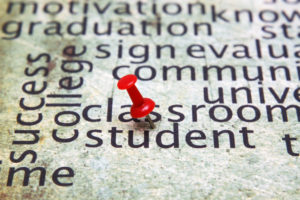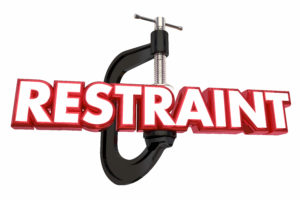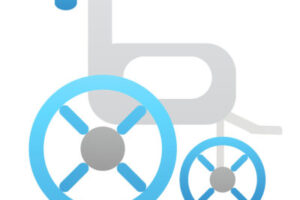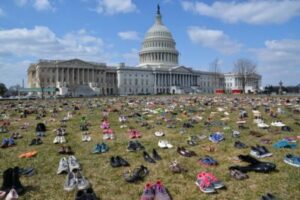Welcome to 2021! I know it has been a while since my last post!!! The transition to distance learning and all that it entailed for me as a Special Education (SpEd) teacher of students with severe disabilities was truly overwhelming! I am not a true techy person, so Google classroom, Google slides, creating videos, Zoom, etc. was all new or, fairly new, to me. Then there was the task of taking what we do in the classroom and translating it to a technological learning environment that would be engaging for all my students. And since very little of what we do can be found on the computer… meant creating, thinking out of the box, creating some more, thinking even further out of the box, and creating some more. Videos became this teacher’s best friend, and Zoom the place to engage. Preparation for distance learning and the creation of fun engaging activities for my students became so all-consuming, that a lot of “other” things went to bed and fell fast asleep. Unfortunately, my writing… went to bed first! But, I made a promise to myself that 2021 was going to be different. That it was time to wake up all of my creative juices and get them flowing again… starting with my writing. It feels good to be back! So, where shall I begin? How about I jump right in… school closures!!!
The question on most everyone’s mind is, “when are schools going to open back up?” If you follow the news, some schools have successfully opened already. Others never truly closed their doors. And some districts have committed to keeping their doors closed for the rest of this school year. Orange became the educational mantra for getting student’s back to school, and hybrid classrooms became the new buzz word. In addition to what the physical classroom environment and school campus is going to look like when it comes to adhering to state guidelines, there is a lot of concern with the welfare, well-being, and educational condition of our students when they do come back. As a result, teachers are expected to go into “fix it,” “catch up,” and “make up for lost time” mode. But, let’s stop a moment, take a deep breath, and consider what our students truly need! I could not have said it any better than Teresa Thayer Snyder, a superintendent of the Voorheesville district in upstate New York. She wrote an essay on her Facebook page, and her essay epitomizes what I believe, we as teachers need to do when our students do come back to us.
As Teresa stated in her essay, so many of her peers are concerned about the deficits the children will demonstrate when they finally return to school. My goodness, what a disconcerting thing to be concerned about in the face of a pandemic which is affecting millions of people around the country and the world. In our determination to “catch them up,” I fear that we will lose who they are and what they have learned during this unprecedented era. What on earth are we trying to catch them up on? The models no longer apply, the goals and benchmarks are no longer valid, the trend analyses have been interrupted. They simply do not apply anymore.
When the children return to school, they will have returned with a new history that we will need to help them identify and make sense of. When the children return to school, we will need to listen to them… and hear them. Let their stories be told. They have endured a year that has no parallel in modern times. There is no assessment that applies to who they are or what they have learned. Remember, their brains did not go into hibernation during the year. Their brains may not have been focused on traditional school material, but they did not stop either.
For some, their brains may have been focused on where the next meal was going to come from. For others, it was how to deal with missing grandma or grandpa, coping with their parents worries and concerns, why the bus no longer picks them up, the death of a loved one, and why, oh why, am I wearing this mask on my face every time I go out!
Our job is to welcome them back and help them write that history. Our job is to surrender the artificial constructs that measure achievement and greet the children where they are, not where we think they “should be.” Greet them with art supplies and writing materials, music and dance, and so many other avenues to help them express what has happened to them in their lives during this horrific year. They missed you. They did not miss the worksheets, test prep, standers, pacers, reading groups, homework, etc. They missed you!
Resist the urge to “fix” kids and make up for “lost” time. Believe me, the time was not lost, it was invested in surviving an historic period of time in their lives – in our lives. The children do not need to be fixed. They are not broken. They need to be heard. They need to be given as many tools as we can provide them to nurture their resilience and help them adjust to a post pandemic world.
And kudos to all those teachers, para-educators, principals, program specialists, speech therapists, nurses, vision teachers, physical therapists, occupational therapists, feeding specialists, orientation and mobility specialists, AAC specialists, and most of all parents who rose to the occasion and made the transition to distance learning as engaging and seamless as possible. Bless You!!!
If you would like to read Teresa Thayer Snyder full post, click here.



